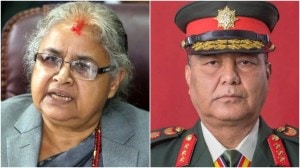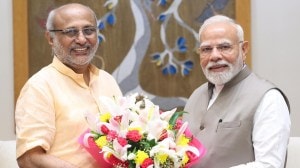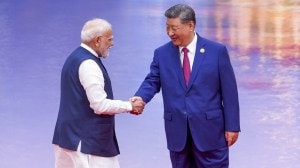Govt wants rebels to identify culprits
The Centre has asked insurgent outfits, with whom it has ceasefire agreements, to help identify those who were behind the recent blasts in A...

The Centre has asked insurgent outfits, with whom it has ceasefire agreements, to help identify those who were behind the recent blasts in Assam and Nagaland. According to sources, the Government has activated its communication channels with rebel outfits like the NSCN (I-M), NSCN (K), BLT and DHT. Security agencies feel the blasts, which left at least 60 people dead, may have been carried out jointly by the ULFA and the NDFB.
The timing of the IED blasts clearly indicates that they were coordinated by the two groups, say sources. The first series of attacks took place in Dimapur and in Assam around 9.30 am, while all the explosions in Lower Assam were triggered off between 5.30 pm and 6.30 pm.
Some smaller insurgent groups, including a Bangladeshi outfit, may have been involved in the Dimapur blasts.
Besides October 2 being NDFB’s Raising Day, security officials feel the insurgents may have been prompted to carry out the blasts for opening a new front on the Eastern border. They said the role of Bangladesh has become apparent. ‘‘The attacks were definitely being directed from there…Bangladesh has become a safe haven for NDFB’s Ranjan Daimary and ULFA’a Paresh Baruah and Anup Chetia,’’ an official said.
According to sources, the ULFA and the NDFB have been working in unison. The ULFA was getting arms from Bangladesh, NDFB insurgents were experts at building improvised devices.
A revitalised ULFA and NDFB has become a cause of concern for security agencies. And to tackle the combine, agencies in Assam and Nagaland are working in closer coordination. The Centre has advised both the states to appoint nodal officers to formulate a strategy for joint action against the insurgents.
Photos



- 01
- 02
- 03
- 04
- 05



























